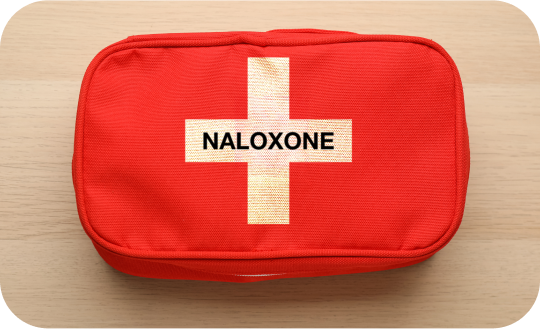How to lower your risk: cannabis, alcohol and opioids

Be informed and have a plan if you use substances
Learn about drugs and alcohol and ways to reduce the risks.
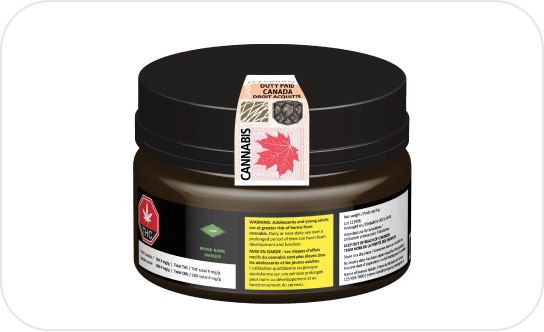
The higher the THC content (the main chemical substance in cannabis), the more likely cannabis is to harm your mental health (e.g., cause anxiety) and brain function (e.g., reduce memory or attention).
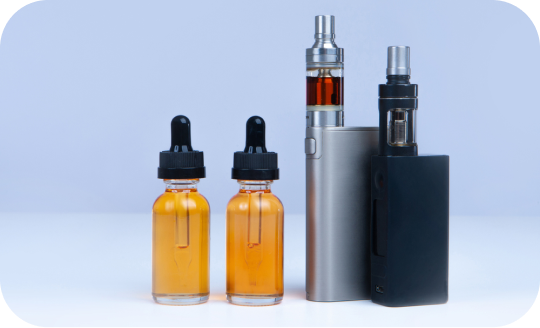
Cannabis vapes and infused pre-rolls as well as concentrates like shatter and wax, have the highest levels of THC and risk.

The risk to your health is greatest if you use cannabis every day or most days. Avoid using cannabis this frequently.

Everyone reacts to cannabis differently and your own experience can vary each time.
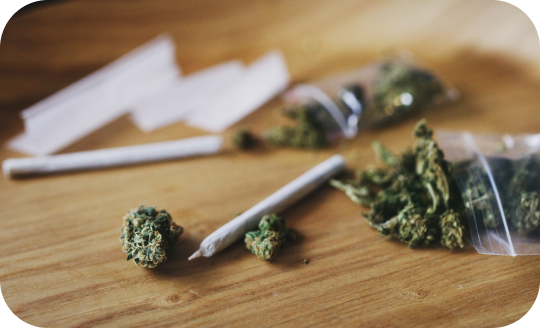
Unlike cannabis from legal sources, illegal cannabis is not tested and may contain harmful levels of THC or contaminants like mould, bacteria and even heavy metals.

Cannabis can interfere with brain development until around age 25. As a young adult, cannabis is more risky for your mental health and brain function.

Using cannabis every day or most days for several months or years can lead to cannabis hyperemesis syndrome, a condition that causes episodes of severe nausea, vomiting, and stomach pain that can last for days or even weeks. The good news? The symptoms usually go away within a few days or weeks once you stop using cannabis.
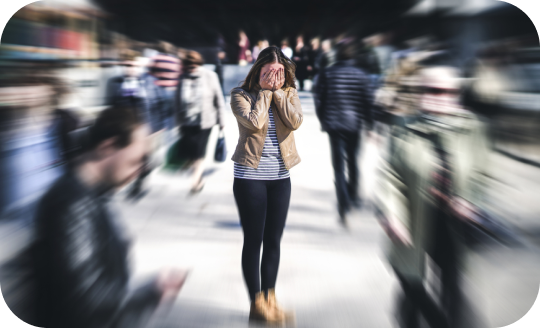
Cannabis poisoning (greening out) can be very unpleasant, dangerous, and result in a visit to the ER or hospitalization. Learn how to recognize the signs and what to do.

Start low and go slow. To avoid cannabis poisoning, start with a low amount of THC and don’t take more too fast — it can take up to 4 hours to feel the full effects of cannabis edibles. For inhalations, wait a few minutes before taking more.

Choose legal cannabis. It is quality controlled and tested for harmful levels of contaminants and tested for accuracy of THC and CBD levels, so you know exactly what you’re putting in your body.
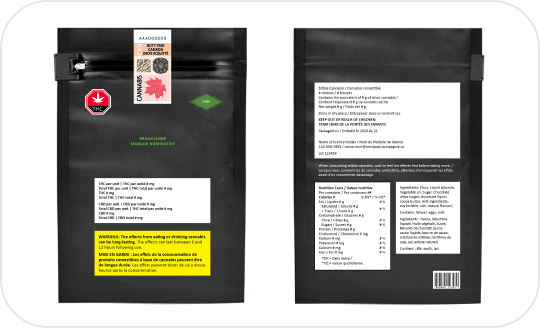
Choose products with lower levels of THC. Any product with over 10% THC for smoking/vaping or 10mg of THC for edibles is high.
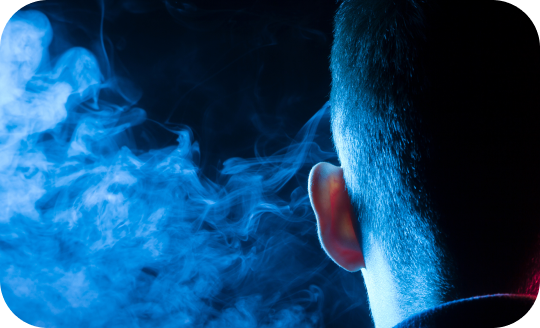
Avoid inhalable products. You are more likely to become dependent if you smoke or vape. Cannabis smoke contains many of the same harmful chemicals found in tobacco smoke. If you do smoke cannabis, avoid inhaling deeply, holding your breath, or similar inhalation practices because they can harm your lungs even more.

In severe cases, daily or near daily cannabis use can increase your chance of experiencing psychosis and schizophrenia. These cases are more likely among people with a personal or family history of mental illness, particularly male teenagers and young adults. Avoid cannabis if you have a personal or family history of mental illness such as psychosis, schizophrenia or substance use disorder.
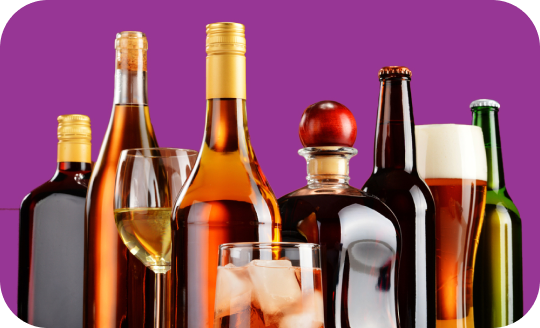
Drinking alcohol quickly can have an immediate effect, and it can lead to drinking too much.
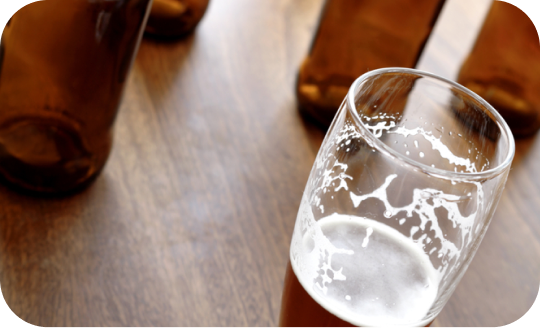
Drinking too much can lead to alcohol poisoning which can have dangerous effects like respiratory arrest and death.
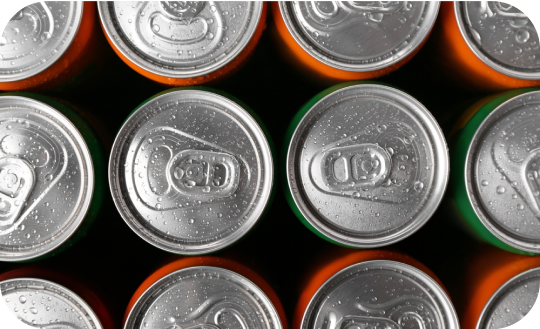
Sugary drinks can mask the taste of alcohol, but the alcohol will still affect you.
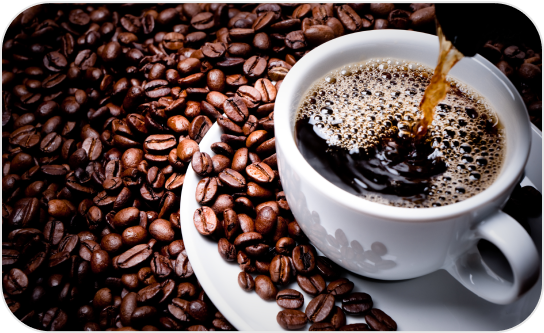
Mixing alcohol with caffeinated drinks can make you feel more alert, and you might drink more than intended.
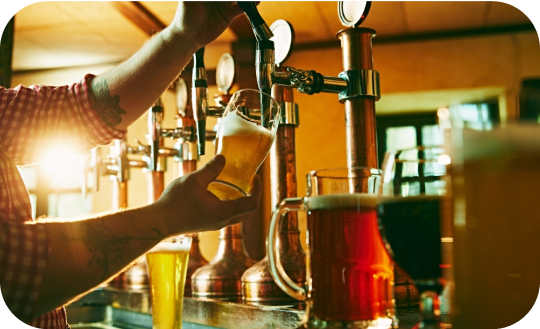
Pay attention to what you’re drinking, how much and how quickly.
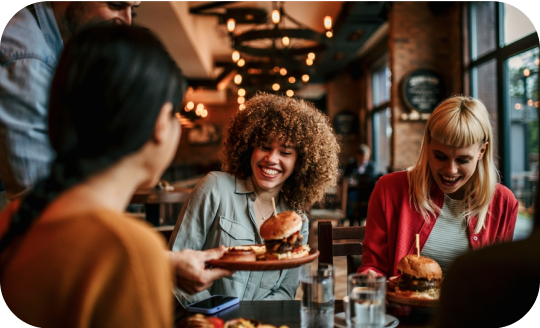
Eat before you drink alcohol. An empty stomach can make the effects of alcohol more intense, while eating foods high in protein and fat make the effects more gradual.

Drink a glass of water between each drink to stay hydrated and help pace yourself.
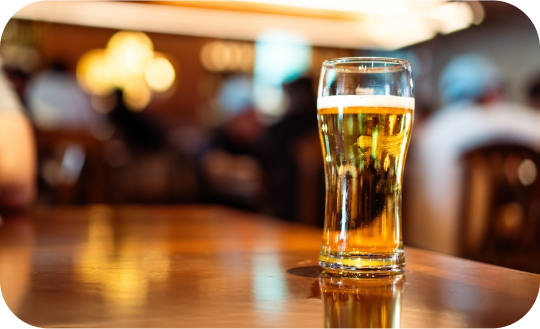
Avoid leaving your drink unattended and be mindful about accepting drinks from others.
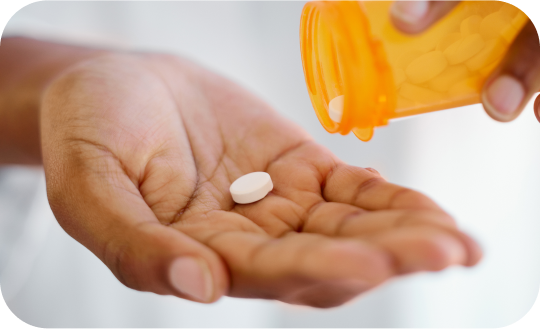
- Use illegal drugs because the strength and type of the drug is unpredictable and unknown. Most overdose deaths in Canada involve illegally produced opioids.
- Use opioids other than as prescribed. For example, crushing or breaking tablets before taking them can release too much of the drug at once.
- Take prescription opioids more often or at higher doses than prescribed.
- Take opioids with alcohol or other drugs.
- Have a health condition.
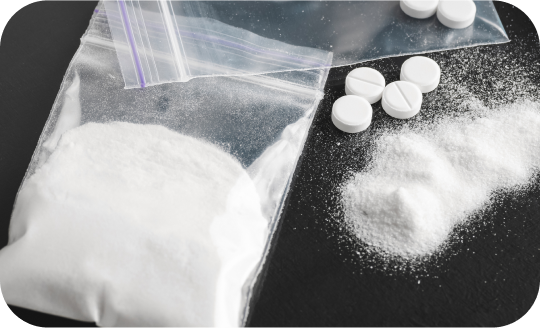
When you take any illegal drugs, like counterfeit pills or cocaine, it’s impossible to know what’s in them or how strong they are which increases your risk of overdose and death, even if you use them just once.
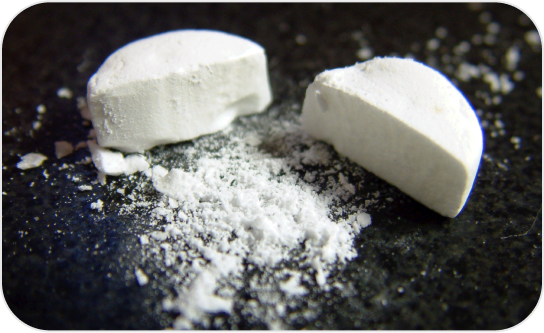
Illegal drugs found in Canada are being increasingly contaminated with strong opioids like fentanyl and other harmful substances. You can’t see, taste or smell fentanyl, and a few grains can be enough to kill the average person.

If you have stopped taking opioids for a time and plan to again, start at a low dose your body will be able to handle.
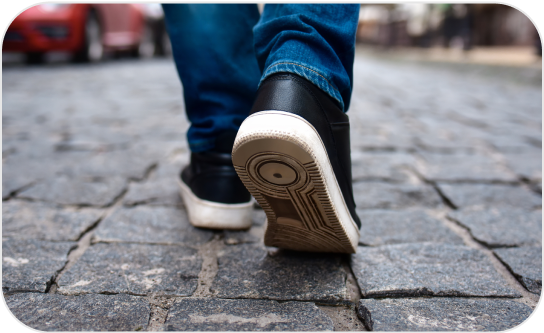
Use drug-checking services for illegal drugs to help detect opioid presence or other toxic substances.
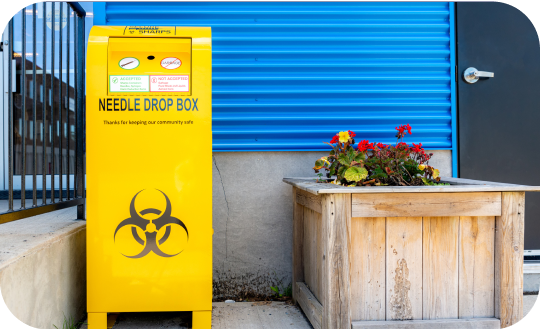
Use in a safe place, with sterile equipment. Dispose of used equipment properly.

Find an overdose prevention service, like a hotline, app, or supervised consumption site.

Avoid drinking alcohol while consuming opioids and/or any illegal drugs.
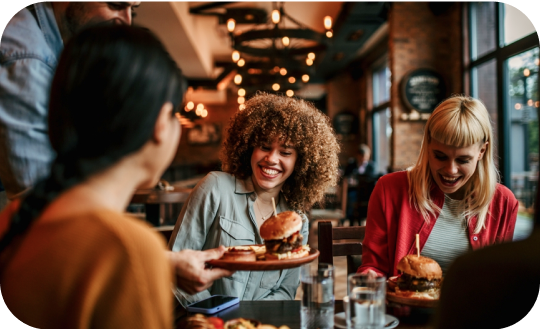
Eat food and drink water before, during and after consuming drugs.
Cannabis
Be informed
- Everyone reacts to cannabis differently and your own experience can vary each time.
- The risk to your health is greatest if you use cannabis every day or most days. Avoid using cannabis this frequently.
- The higher the THC content (the main chemical substance in cannabis), the more likely cannabis is to harm your mental health (e.g., cause anxiety) and brain function (e.g., reduce memory or attention).
- Cannabis vapes and infused pre-rolls as well as concentrates like shatter and wax, have the highest levels of THC and risk.
- Cannabis poisoning (greening out) can be very unpleasant, dangerous, and result in a visit to the ER or hospitalization.
- Unlike cannabis from legal sources, illegal cannabis is not tested and may contain harmful levels of THC or contaminants like mould, bacteria and even heavy metals.
- Cannabis can interfere with brain development until around age 25. As a young adult, cannabis is more risky for your mental health and brain function.
- Learn how to recognize and respond to cannabis poisoning (greening out).
Have a plan
- Start low and go slow. To avoid cannabis poisoning, start with a low amount of THC and don’t take more too fast — it can take up to 4 hours to feel the full effects of cannabis edibles. For inhalations, wait a few minutes before taking more.
- Choose legal cannabis. It is quality controlled and tested for harmful levels of contaminants and tested for accuracy of THC and CBD levels, so you know exactly what you’re putting in your body.
- Choose products with lower levels of THC. Any product with over 10% THC for smoking/vaping or 10mg of THC for edibles is high.
- Avoid inhalable products. You are more likely to become dependent if you smoke or vape. Cannabis smoke contains many of the same harmful chemicals found in tobacco smoke. If you do smoke cannabis, avoid inhaling deeply, holding your breath, or similar inhalation practices because they can harm your lungs even more.
- In severe cases, daily or near daily cannabis use can increase your chance of experiencing psychosis and schizophrenia. These cases are more likely among people with a personal or family history of mental illness, particularly male teenagers and young adults. Avoid cannabis if you have a personal or family history of mental illness such as psychosis, schizophrenia or substance use disorder.
Alcohol
Be informed
- Drinking alcohol quickly can have an immediate effect, and it can lead to drinking too much.
- Drinking too much can lead to alcohol poisoning which can have dangerous effects like respiratory arrest and death.
- Sugary drinks can mask the taste of alcohol, but the alcohol will still affect you.
- Mixing alcohol with caffeinated drinks can make you feel more alert, and you might drink more than intended.
- Learn how to recognize and respond to alcohol poisoning.
Have a plan
- Pay attention to what you’re drinking, how much and how quickly.
- Eat before you drink alcohol. An empty stomach can make the effects of alcohol more intense, while eating foods high in protein and fat make the effects more gradual.
- Drink a glass of water between each drink to stay hydrated and help pace yourself.
- Avoid leaving your drink unattended and be mindful about accepting drinks from others.
Opioids
Be informed
- When you take any illegal drugs, like counterfeit pills or cocaine, it’s impossible to know what’s in them or how strong they are which increases your risk of overdose and death, even if you use them just once.
- Illegal drugs found in Canada are being increasingly contaminated with strong opioids like fentanyl and other harmful substances. You can’t see, taste or smell fentanyl, and a few grains can be enough to kill the average person.
- An overdose can happen when a person knowingly or mistakenly takes too much of a drug, like an opioid, for example, if you:
- Use illegal drugs because the strength and type of the drug is unpredictable and unknown. Most overdose deaths in Canada involve illegally produced opioids.
- Use opioids other than as prescribed. For example, crushing or breaking tablets before taking them can release too much of the drug at once.
- Take prescription opioids more often or at higher doses than prescribed.
- Take opioids with alcohol or other drugs.
- Have a health condition.
- Learn how to recognize and respond to an opioid overdose.
Have a plan
- Carry a naloxone kit with you.
- If you have stopped taking opioids for a time and plan to again, start at a low dose your body will be able to handle.
- Use drug-checking services for illegal drugs to help detect opioid presence or other toxic substances.
- Use in a safe place, with sterile equipment. Dispose of used equipment properly.
- Find an overdose prevention service, like a hotline, app, or supervised consumption site.
- Avoid drinking alcohol while consuming opioids and/or any illegal drugs.
- Eat food and drink water before, during and after consuming drugs.


